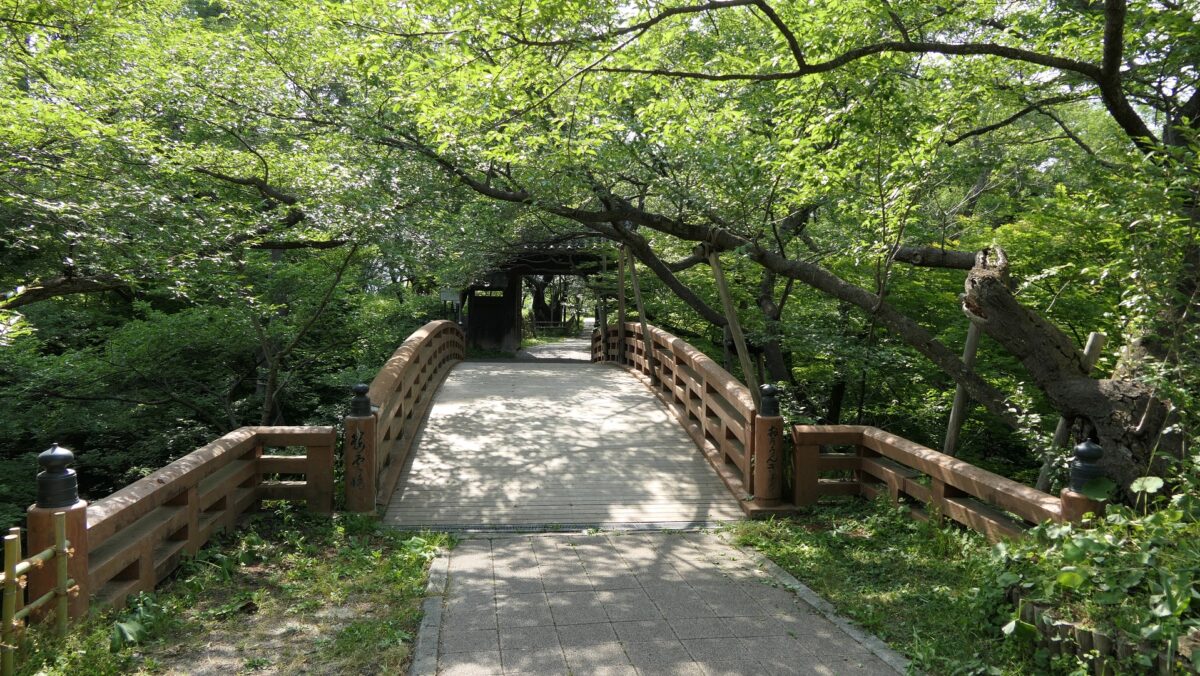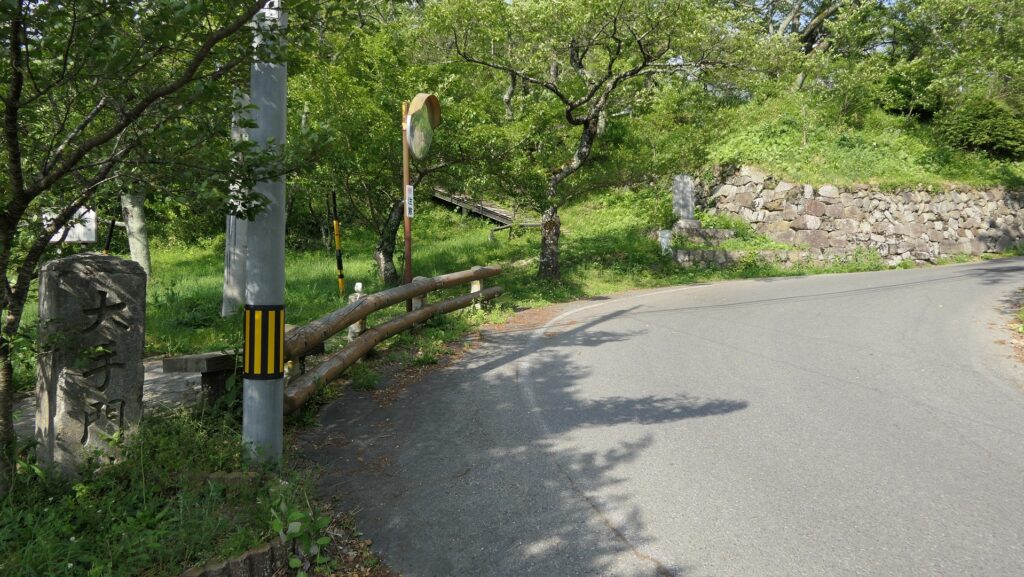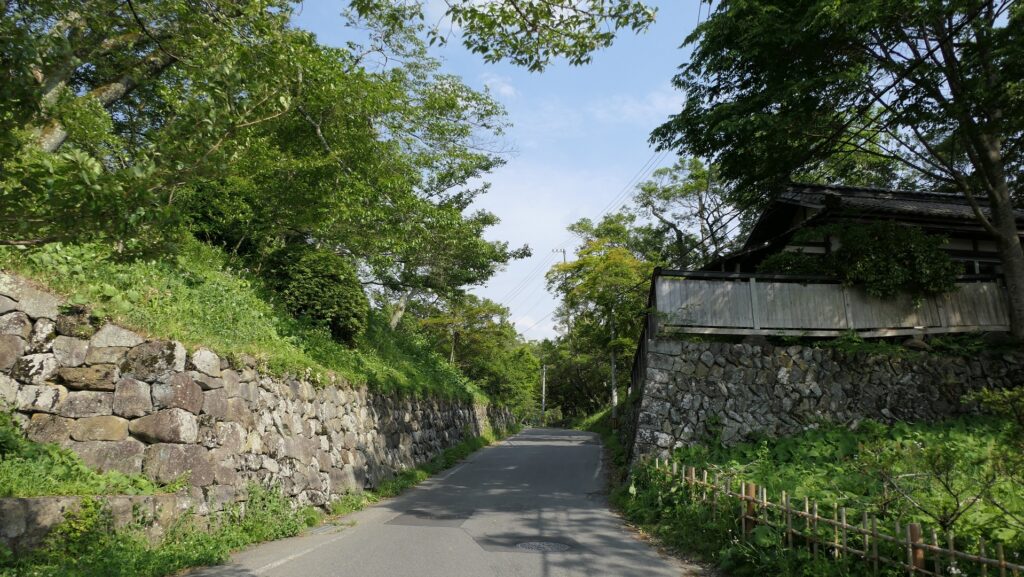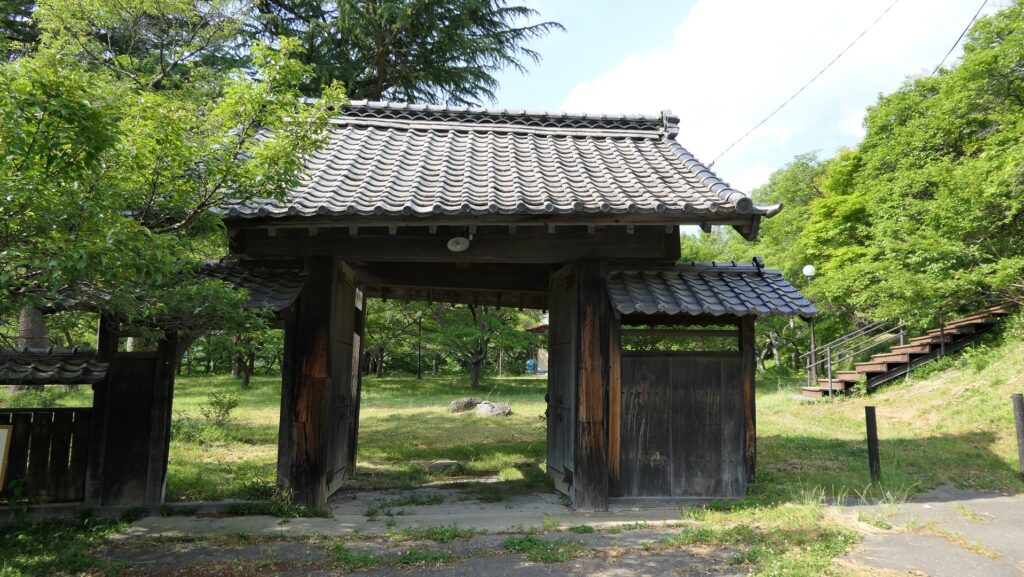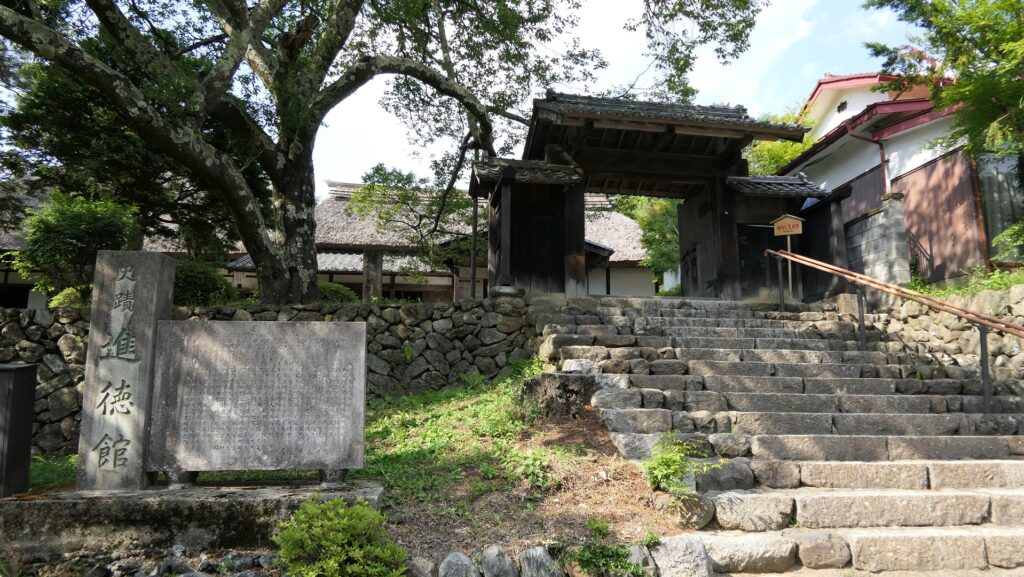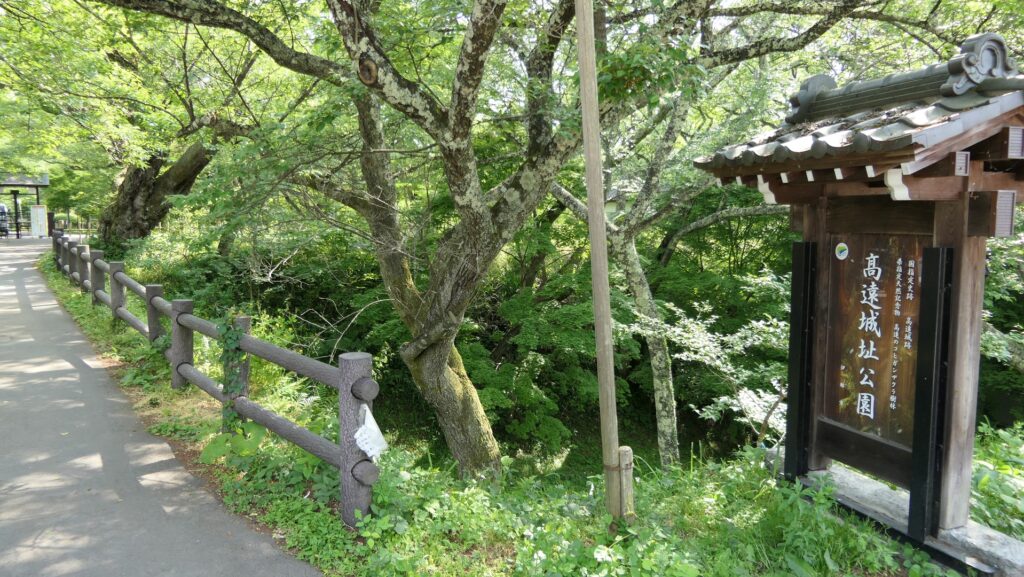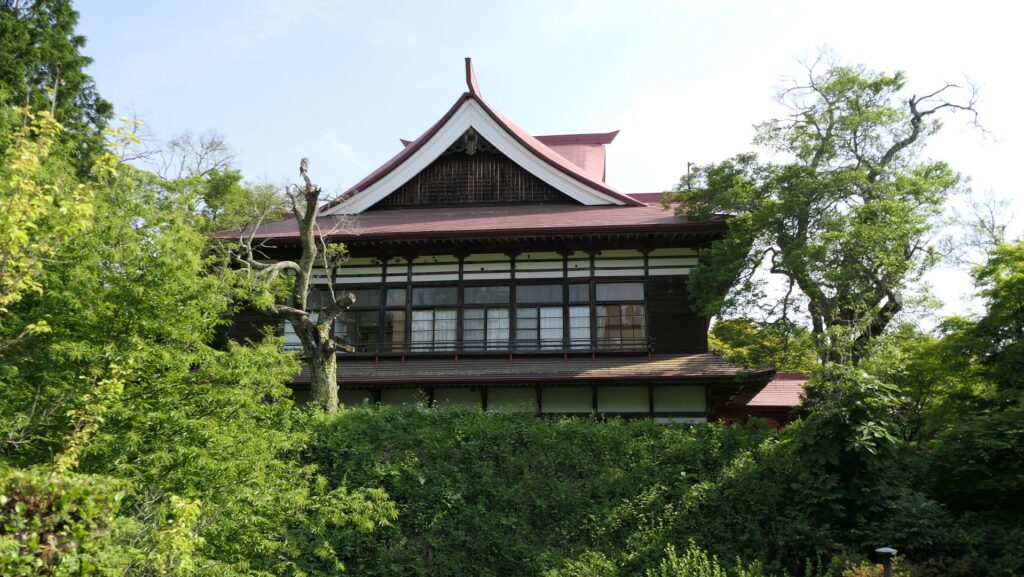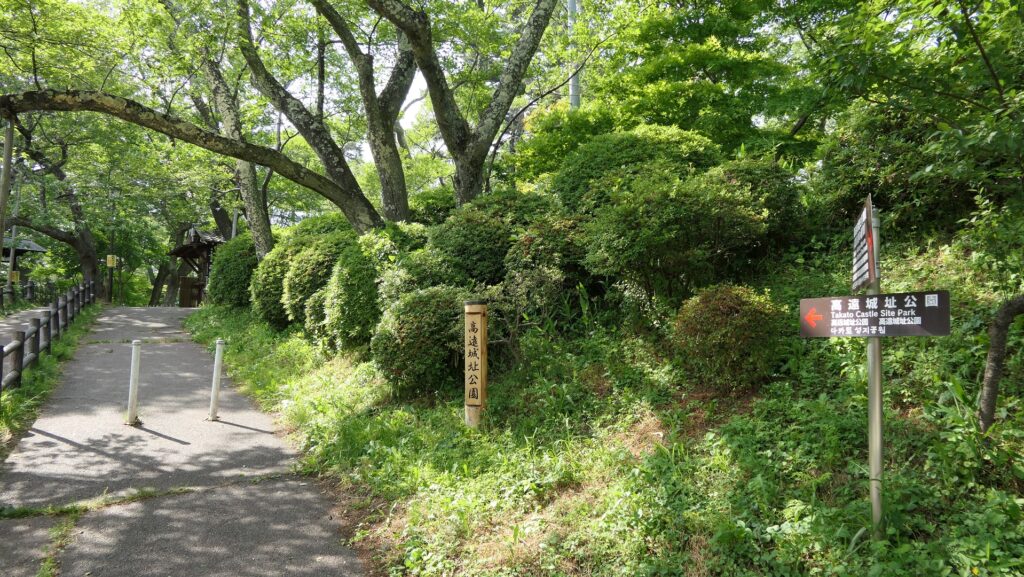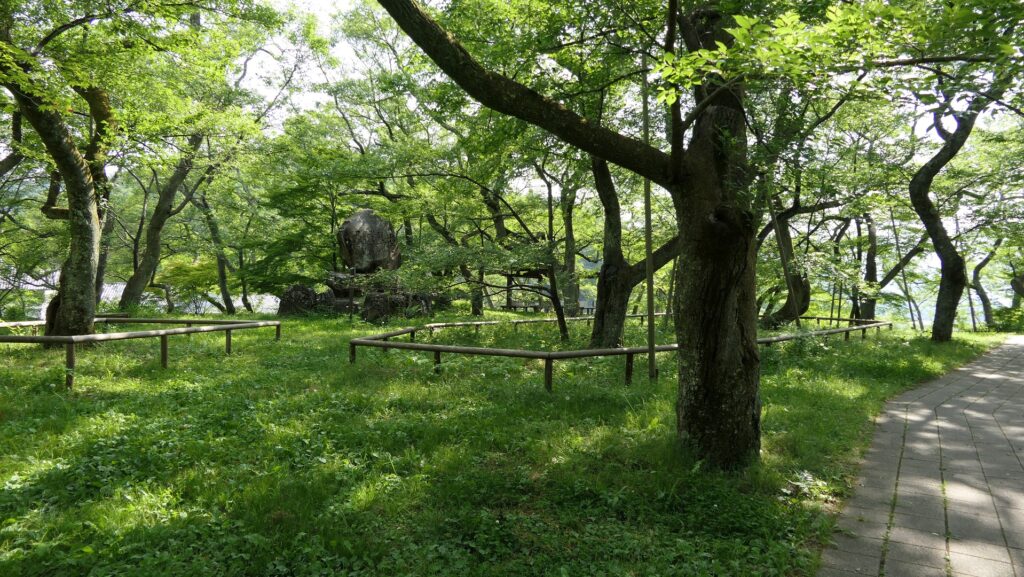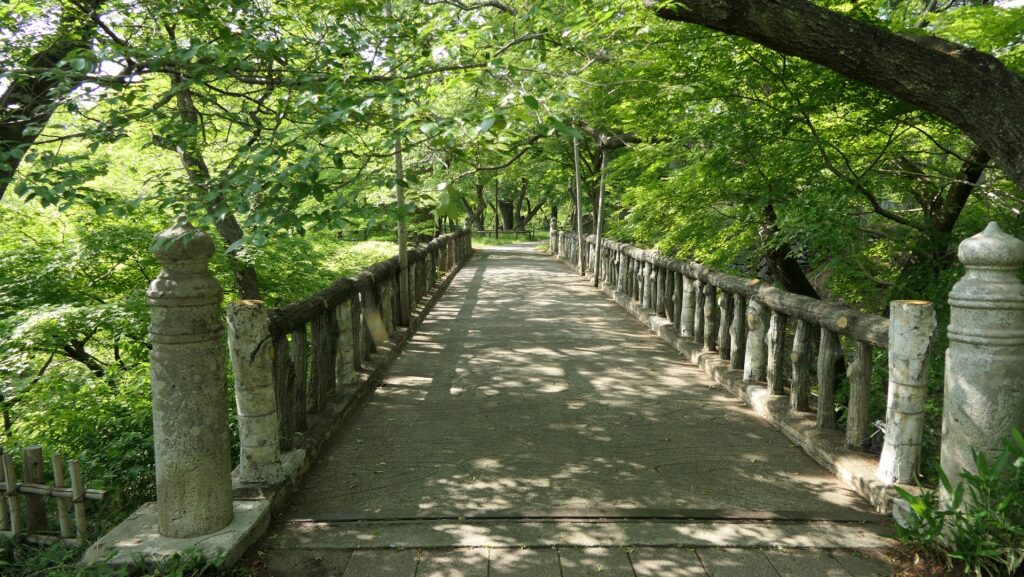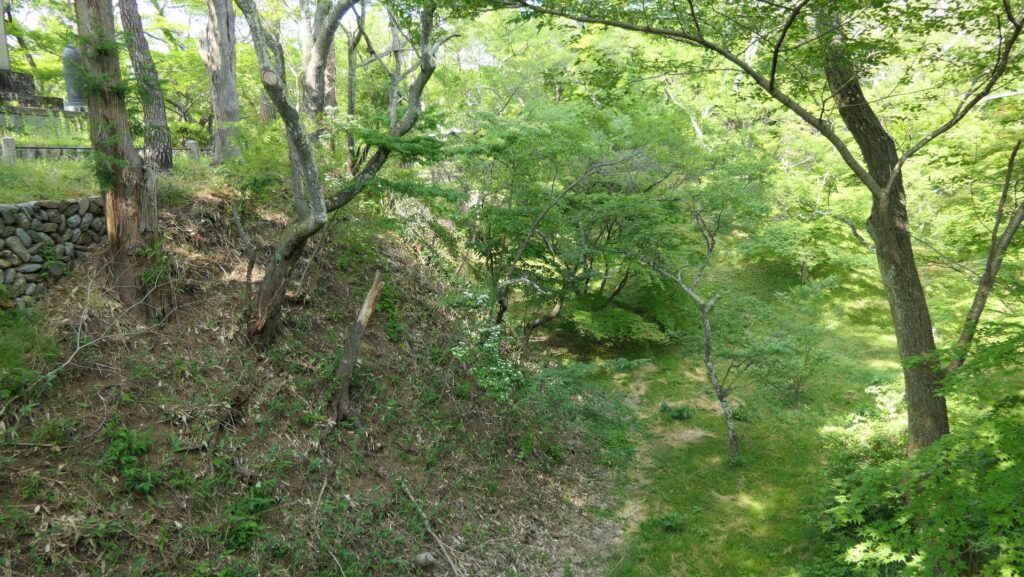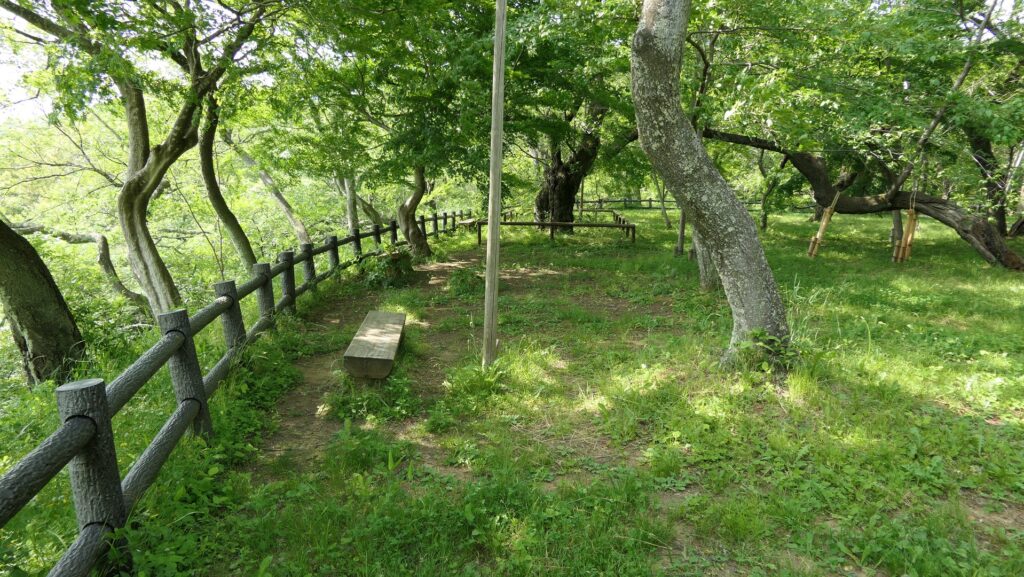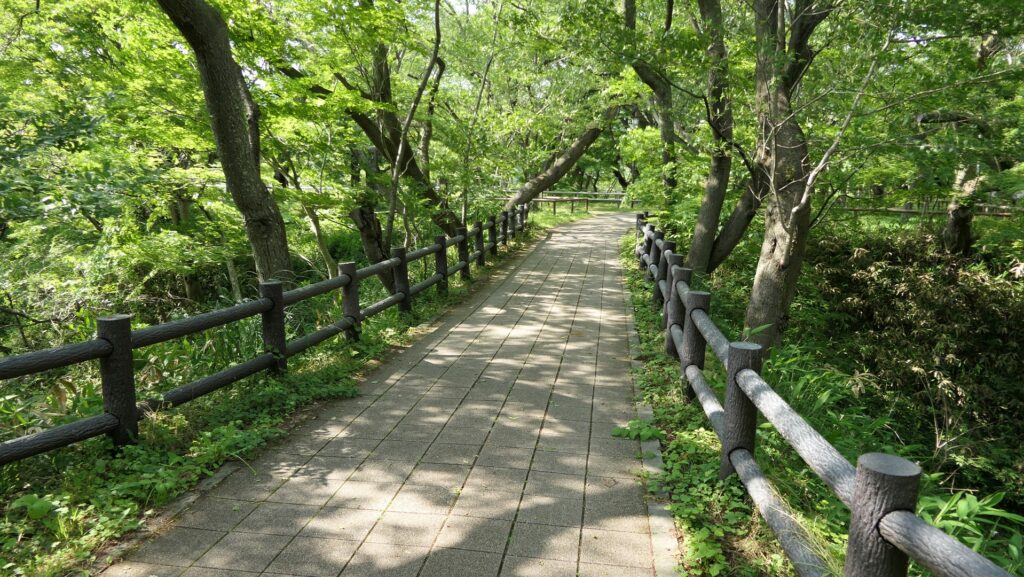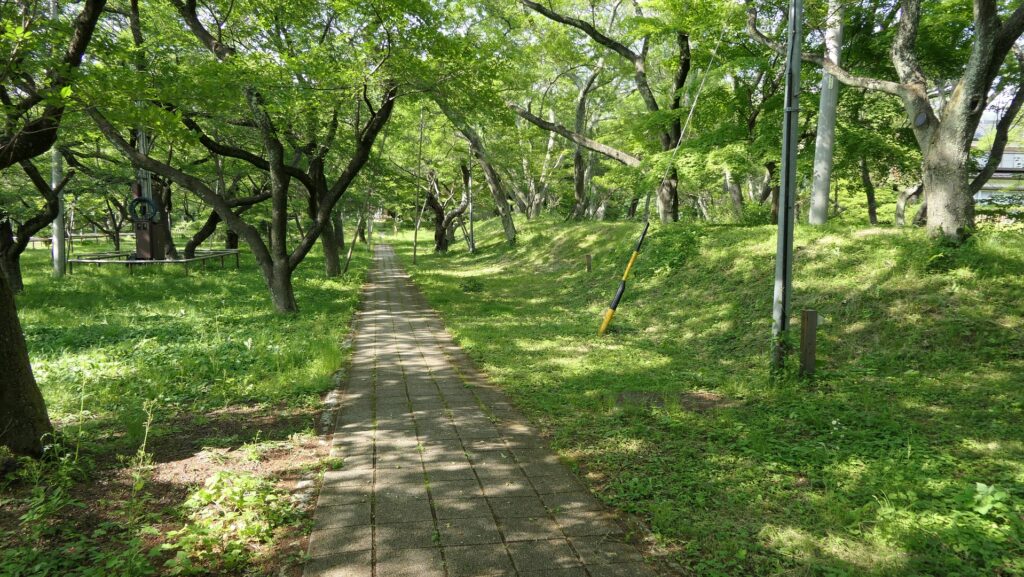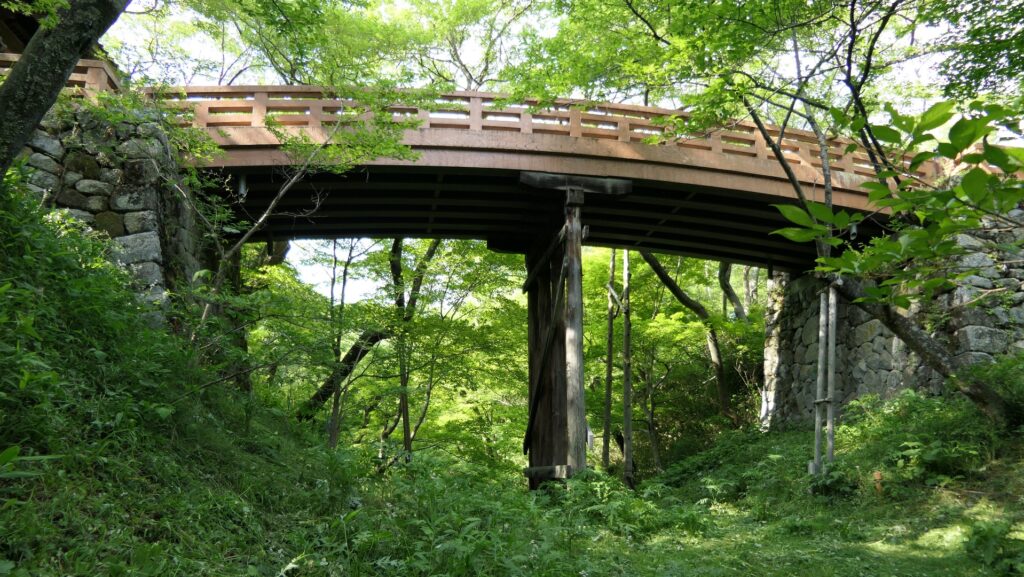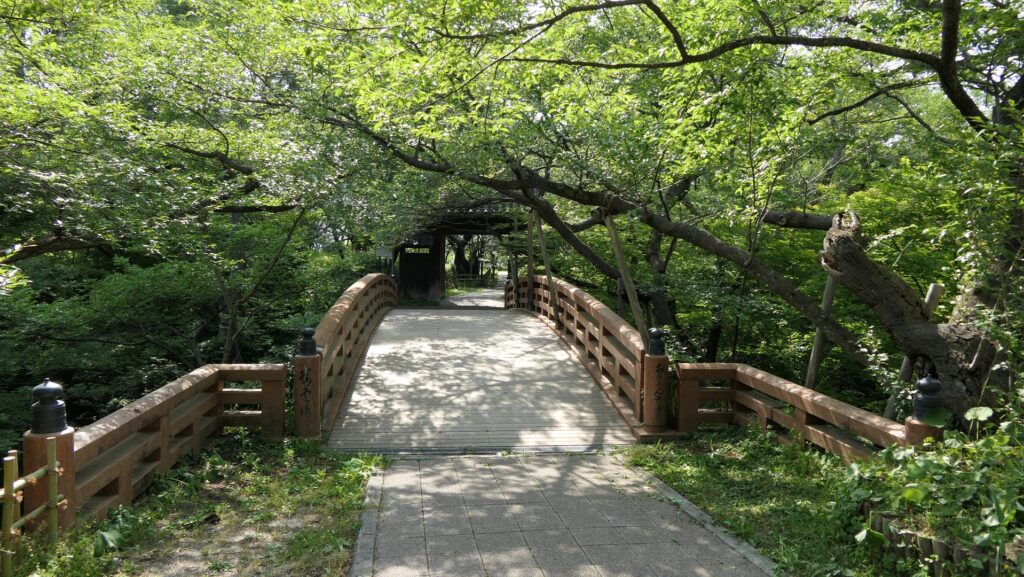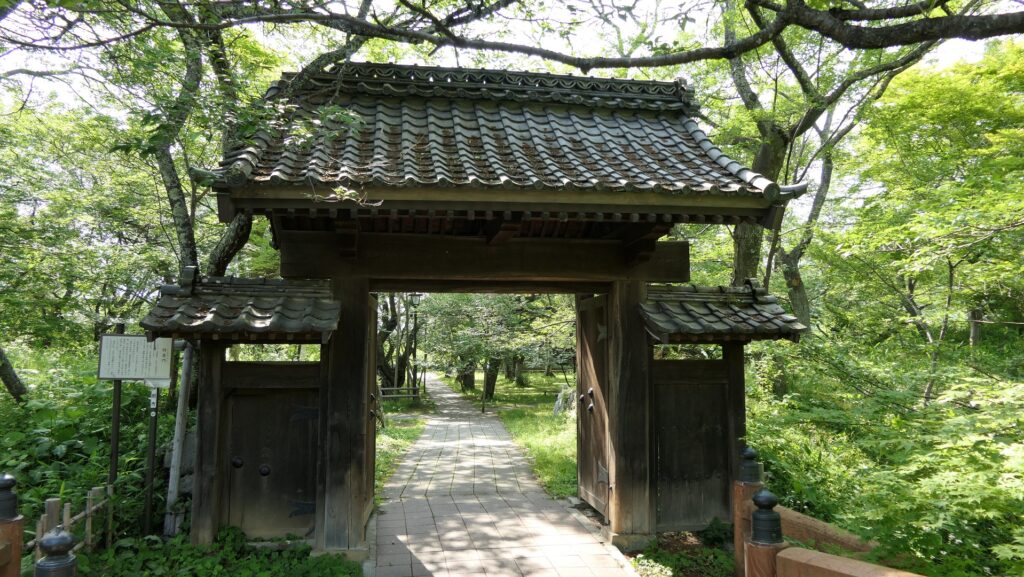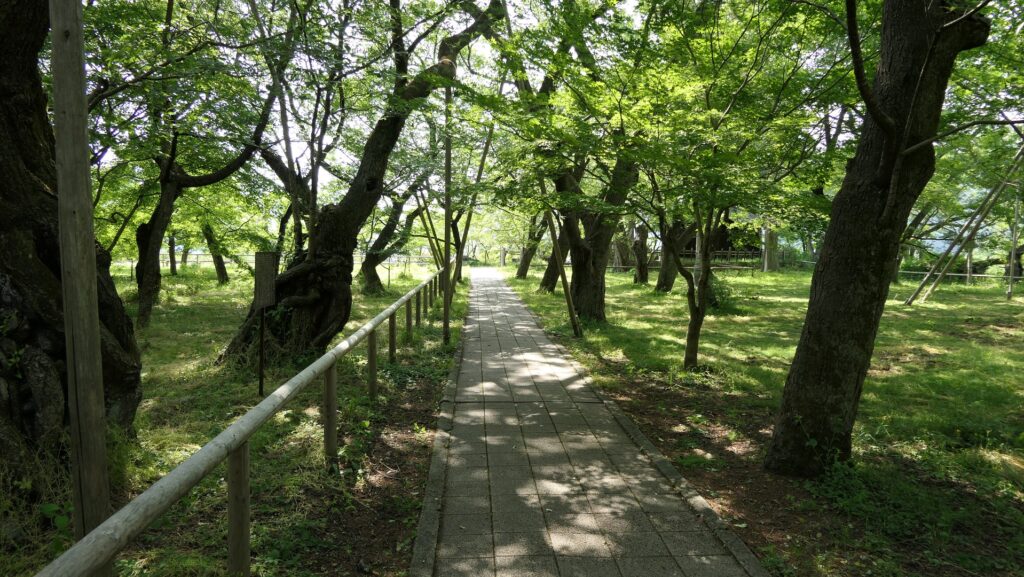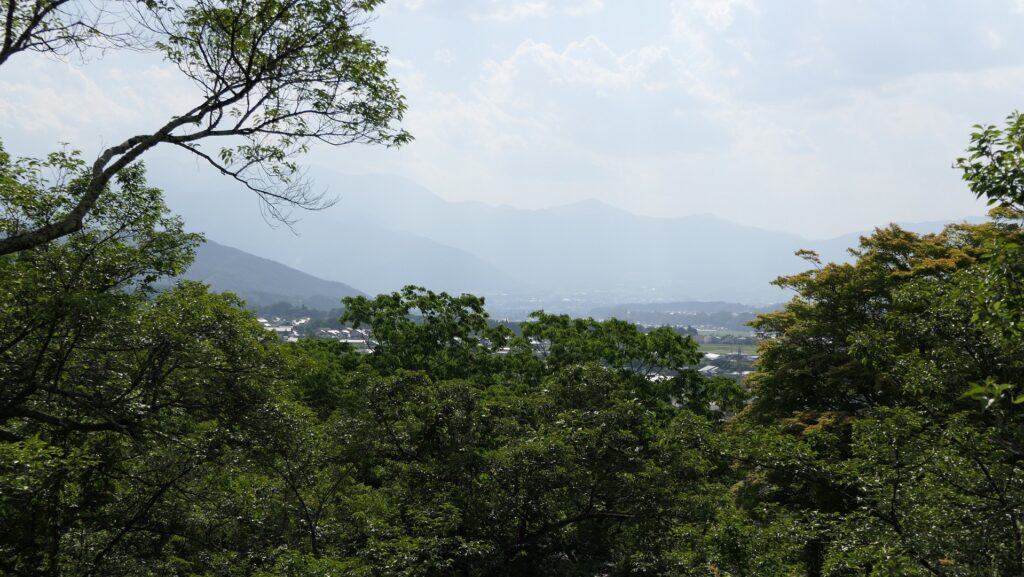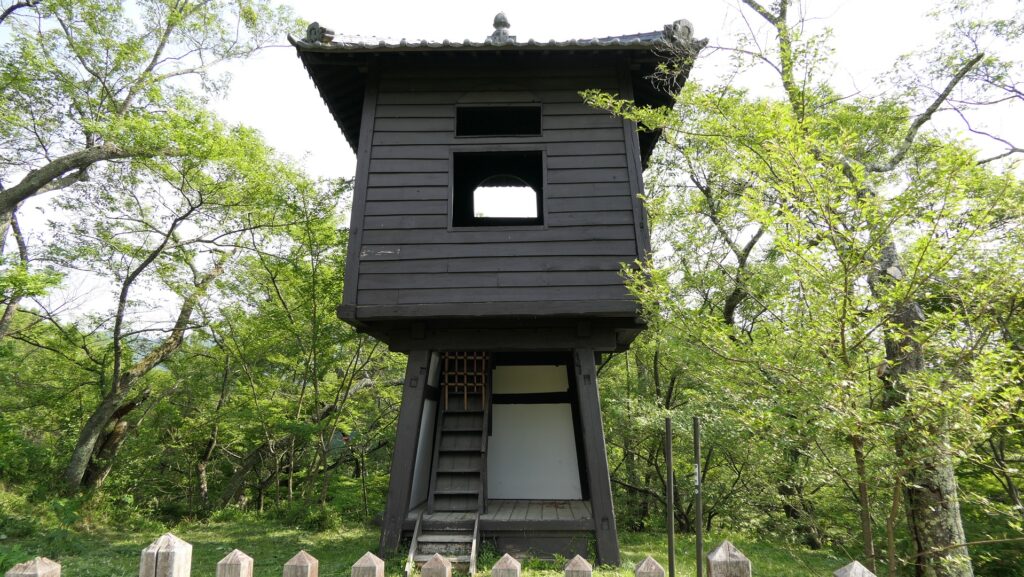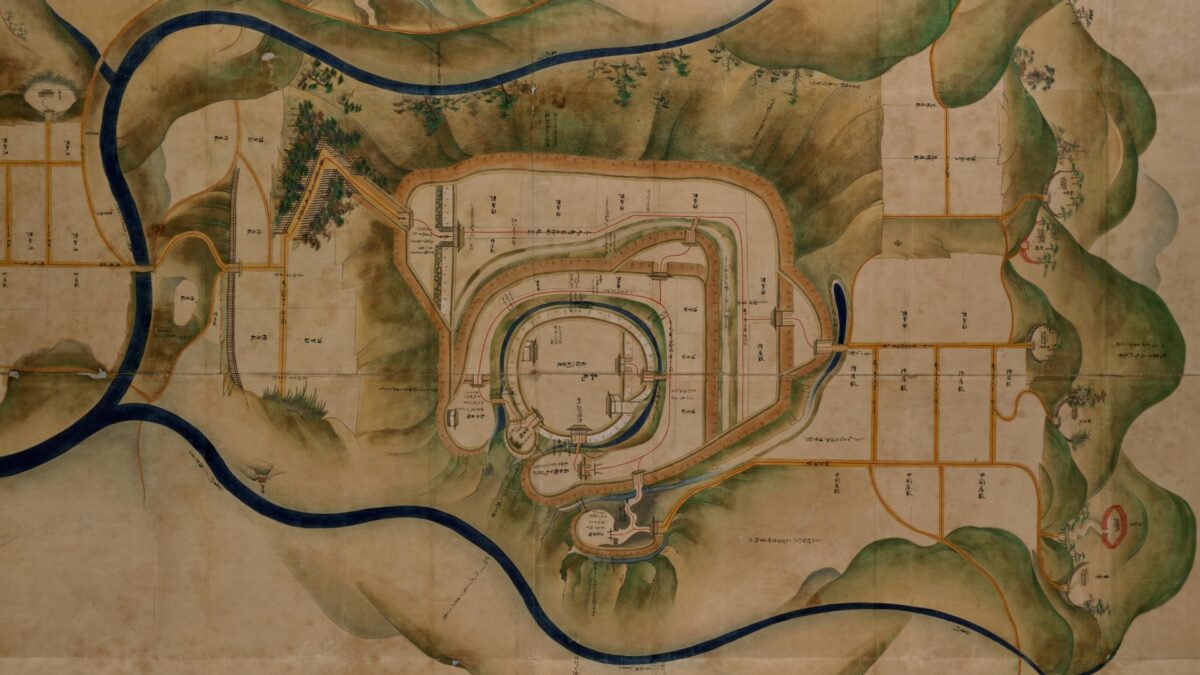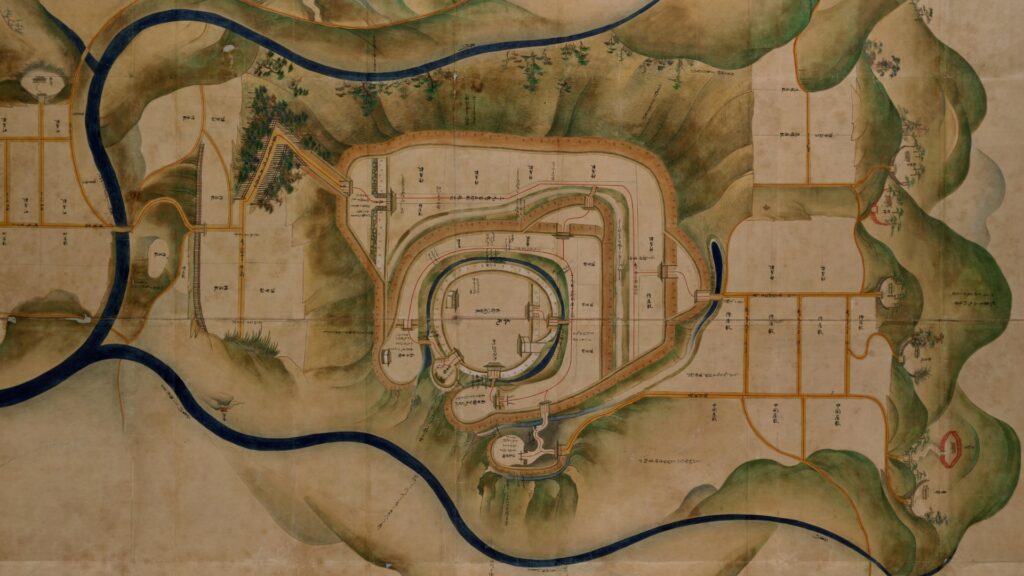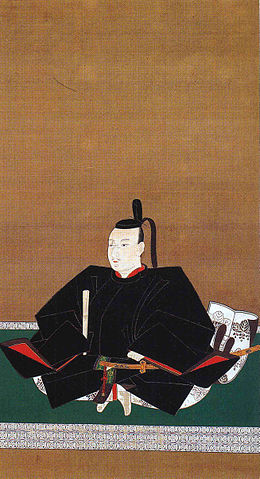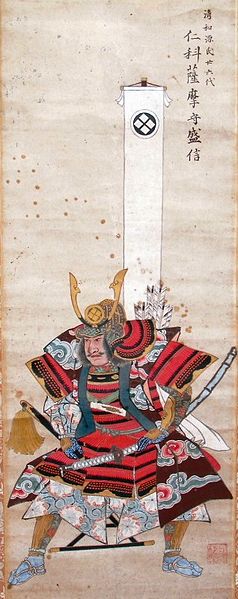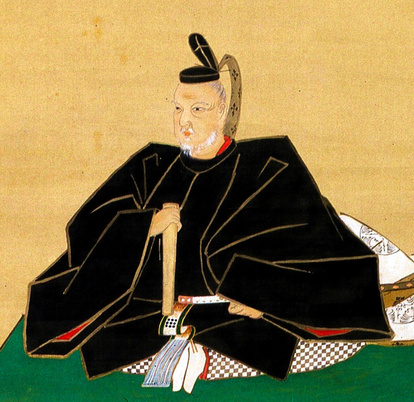Later History
After the Meiji Restoration, all of the buildings in Takato Castle were demolished or sold. In 1875, the castle ruins were turned into Takato Park and the former warriors started to plant cherry blossoms in the park. Since then, the site has been developing as a site famous for cherry blossoms. They were also designated as a National Historic Site in 1973.
.jpg)
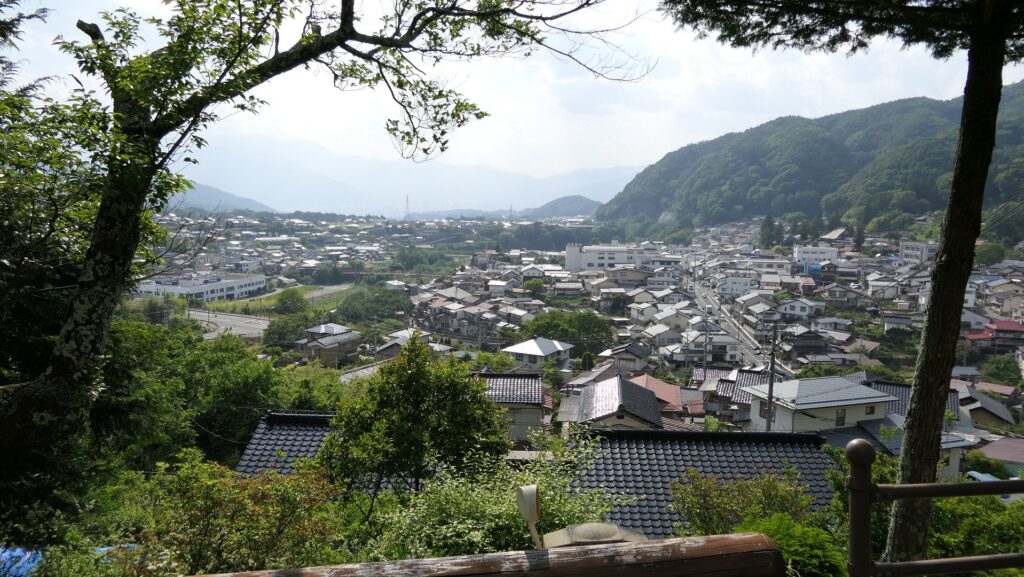
My Impression
I have learned that Takato Castle was really built using natural materials and the local people made a great effort to continue maintaining the castle ruins into the future generations.
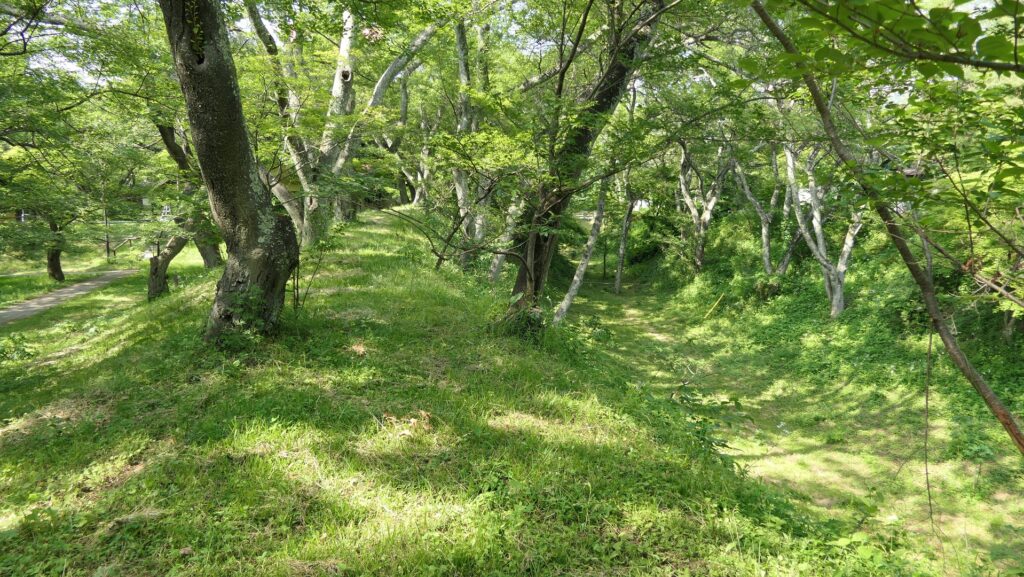
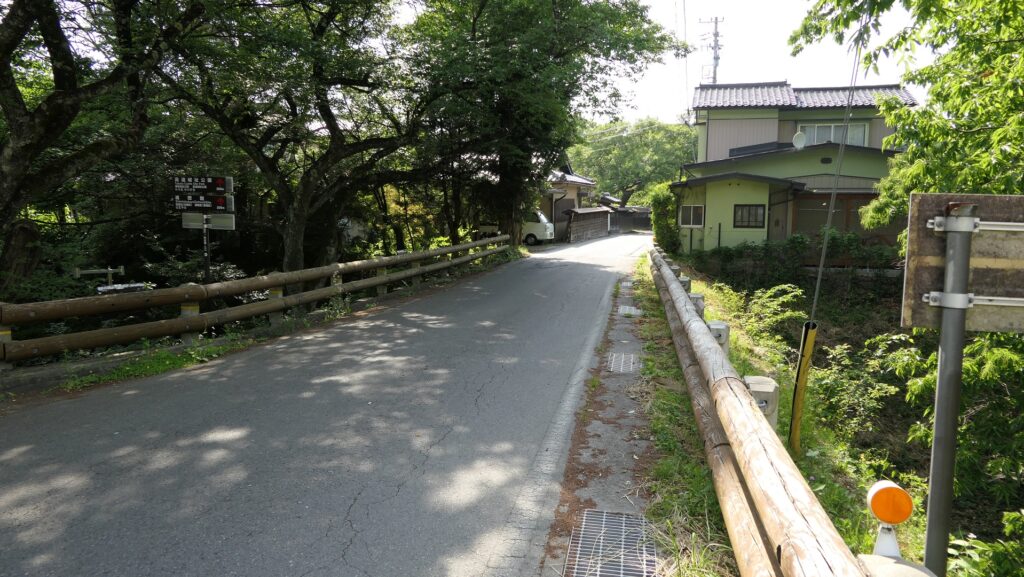
In addition, if you have time, I recommend that you visit the restored house for “Ejima” at the Takato Historical Museum. Ejima was a senior officer of “Ooku” or the Inner Chambers of Edo Castle, the home base of the Tokugawa Shogunate in the Edo Period. She was banished to the Takato Domain because she was late for the closing time of the castle after seeing a Kabuki play. It is said the incident was caused by an internal conflict of Ooku. She was confined in a quarantined room of the house for 27 years before her death. She was also not given any writing materials, so she was devoted to reading a sutra. People in Takato eventually respected her and the lord of the domain invited her to Takato Castle to educate the women in the castle in her last years.
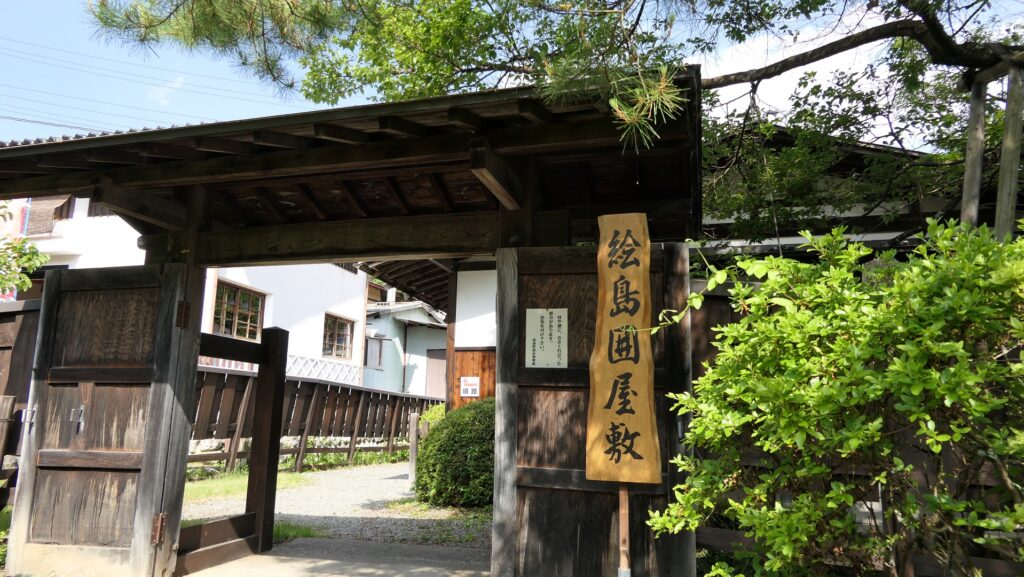
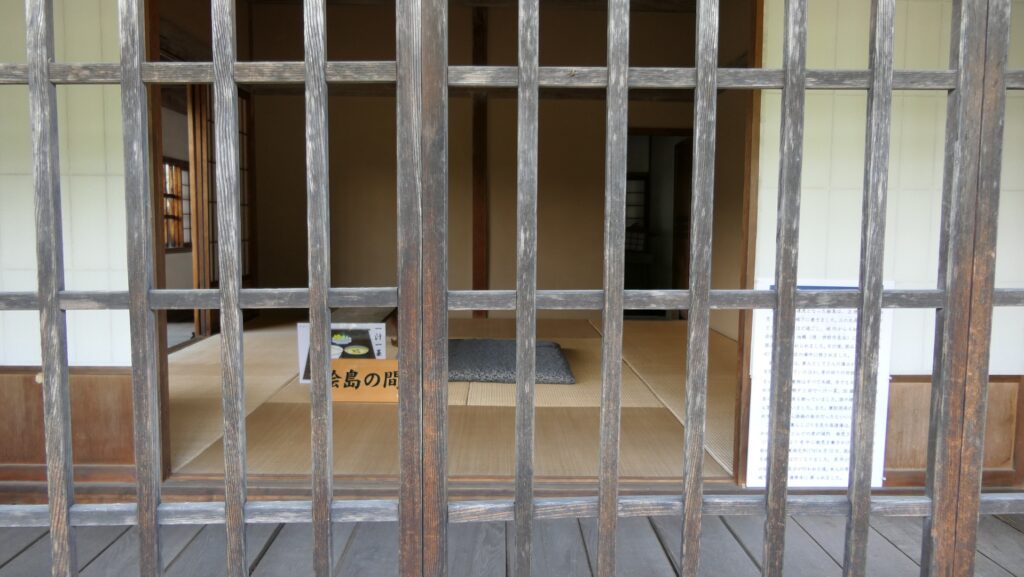

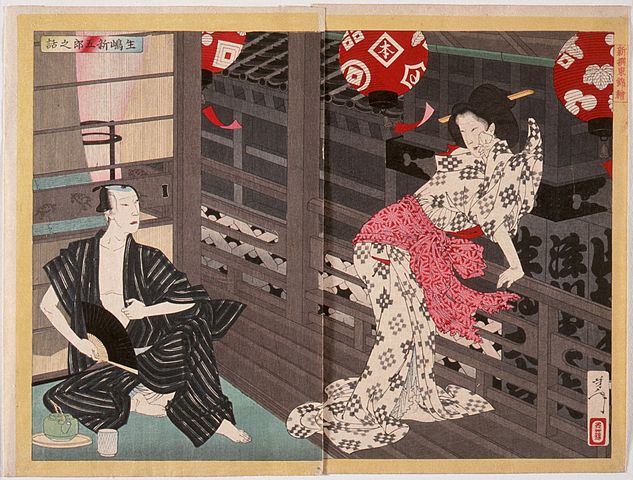
How to get There
If you want to visit there by car:
It is about 30 minutes away from Ina IC on the Chuo Expressway.
There are several parking lots around the park and in the Takato Historical Museum.
By public transportation, take the JR bus (Takato line) from JR Inashi Station, and get off at the Takato bus stop. The ruins are about 15 minutes away on foot.
To get to Inashi Station from Tokyo: Take the limited express Azusa or Kaiji at Shinjuku Station, and transfer at Okaya Station to the Iida Line.
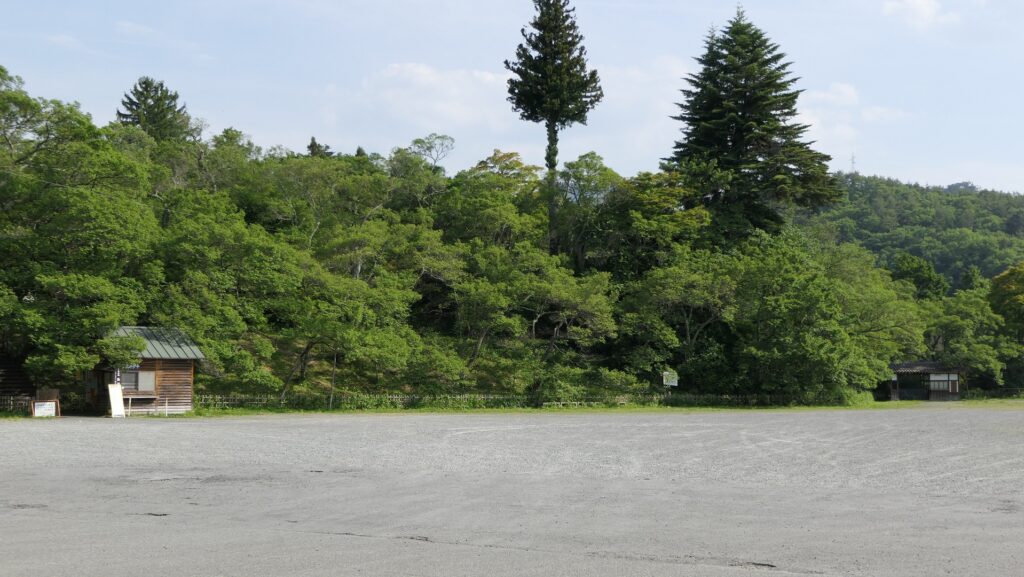
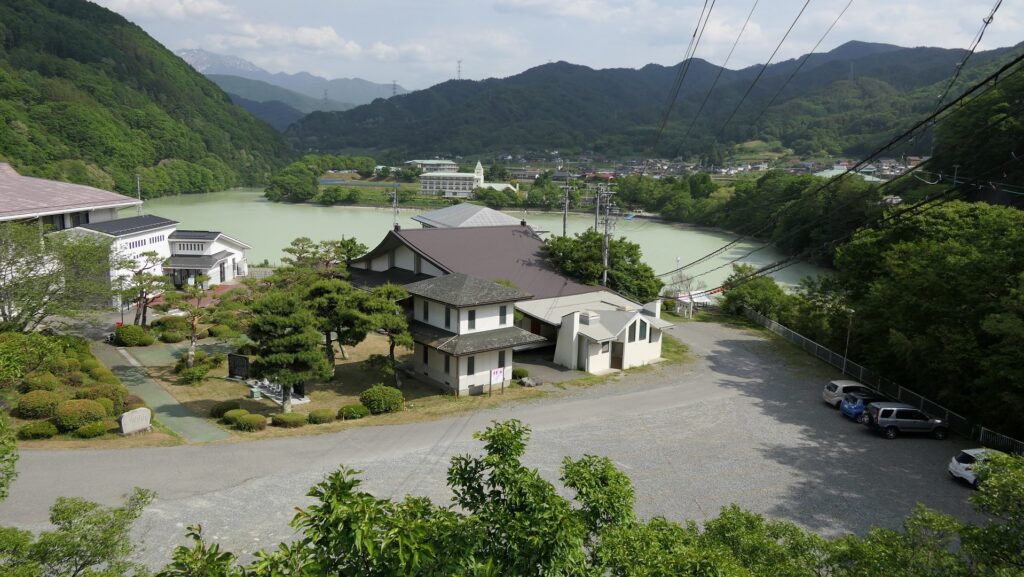
Links and References
・Noble ruin of the castle park, Ina City Official Website
That’s all. Thank you.
Back to “Takato Castle Part1”
Back to “Takato Castle Part2”


